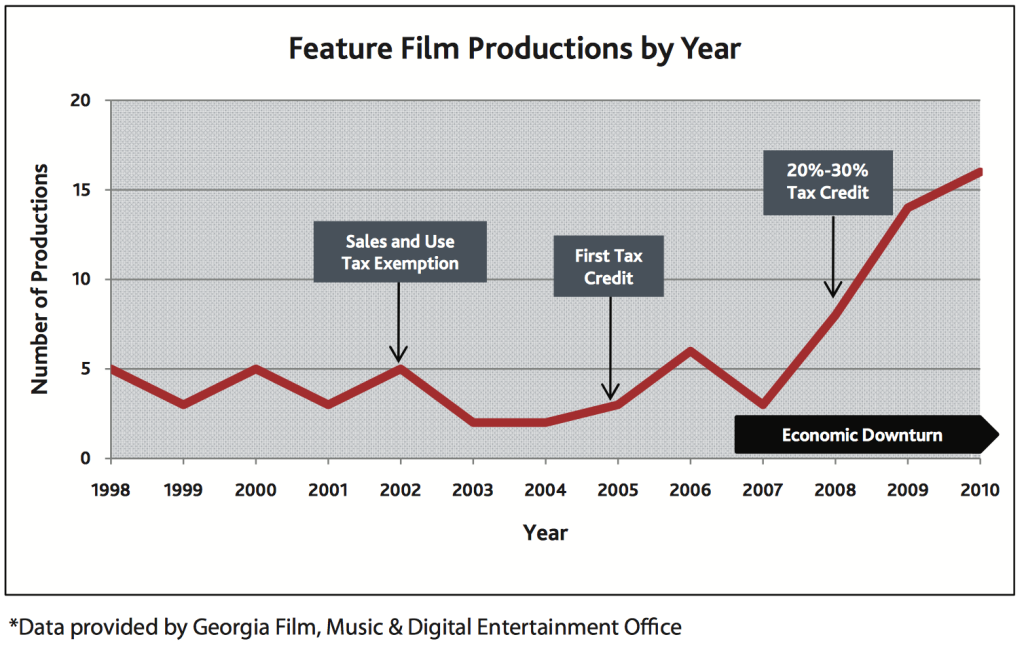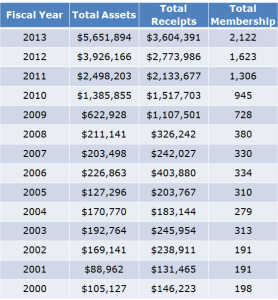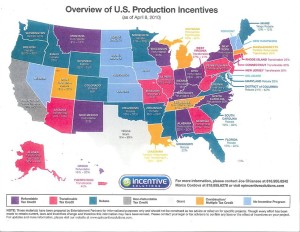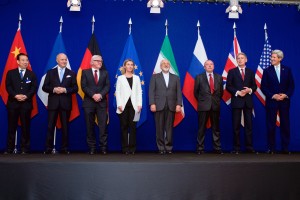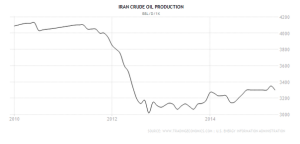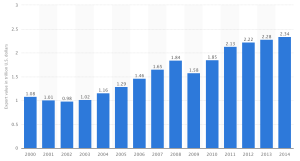If you were to ask an individual when he first heard about the Panama Canal, he would probably reminisce upon his grade school days and how it was touched upon in his history book. As children, we learned the basics about the canal and how it served both military and trade functions.
Primarily, we learned how the American-built waterway facilitated the trade route for ships traveling across the Atlantic and Pacific oceans, and how the canal operated as a shortcut for vessels that would typically have to navigate around the tip of South America to get from California to New York.
Certainly these are all valid reasons as to why the canal was significant. But, the canal held much more importance than just cutting the trade route distance for vessels traveling through the Atlantic and Pacific oceans.
Irrefutably the Panama Canal holds immense historical importance for trade in the United States and the world. The canal aided in expanding commerce in our country in particular. It allowed the U.S. to prosper economically while creating meaningful relations with other countries. Currently, it is estimated that 13,000 to 14,000 ships utilize the canal every year.
However, in recent light, the future of the canal was at question as the shipping and trade industry’s shift to megaships gained momentum. It is due to rising fuel costs and the global financial crisis that the industry sought preference in megaships.
But the Panama Canal’s original design is unable to serve megaships because of their great size. Originally the canal was engineered as a 50 mile-long passage that can lift ships 85 feet above sea level. The type of cargo ships that can safely navigate through the canal would be at most 304 meters in length and 33 meters wide. Megaships, on the other hand, boast a length of about 400 meters and a width of 59 meters.
Therefore, to accommodate the larger ships the Panama Canal is undergoing a $5.25 billion expansion project that would widen and deepen the existing passage way. The project is expected to be completed by the end of 2015 and is 93.8 percent complete according to the official website for the Panama Canal expansion. It is believed that the expansion of the canal will change the shipping industry’s current routes and hubs.
Jorge Luis Quijano, the Panama Canal Administrator, said, “The expanded canal will change global shipping, and is already beginning to do so.”
It is predicted that the expansion of the Panama Canal would directly affect the west coast of the United States as many of its ports, such as the Los Angeles and Long Beach ports, will lose market share.
With the industry’s current routes and preferred hubs, the Los Angeles and Long Beach ports handle an estimated 40 percent of the country’s imported Asian goods. But the expansion project in Panama could cost these two west coast hubs nearly 10 to 15 percent of their current cargo business.
Therefore, while Panama’s future looks bright due to its latest renovations, how will this affect the ports in the United States and what actions could they implement?
Many individuals have upheld the fear of losing business to the Panama Canal since the improvements on the waterway began in 2007. The Jobs First Alliance, which is a coalition composed of business, government and labor leaders have devised a campaign called “Beat the Canal!”.
So how do you combat the canal’s expansion project? The Jobs First Alliance would insist that the answer is modernization. The coalition has been fervently pushing that the Los Angeles and the Long Beach ports modernize as quickly as possible to beat the canal.

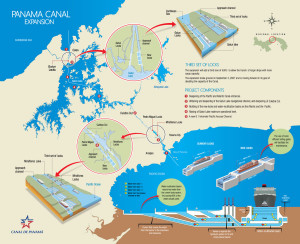

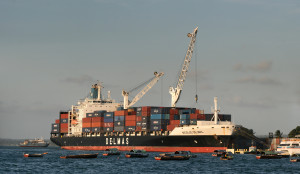
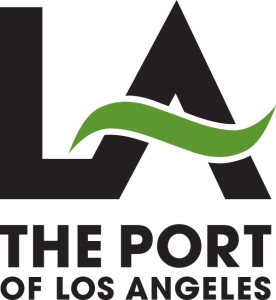
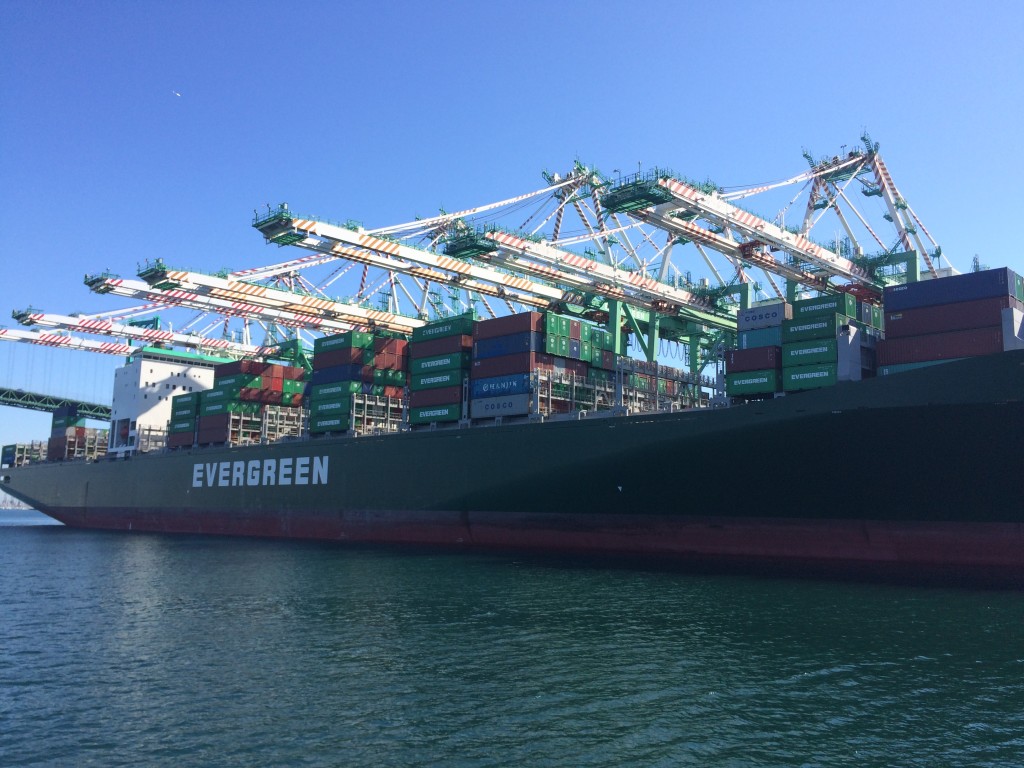 On October 5th, 2015, the United States and eleven countries in the Pacific Rim finalized a trade agreement after five years of negotiations. Since the release of information surrounding the agreement, many people now know it contains a range of international trade issues including comprehensive market access. According to the Office of the U.S. Trade Representative, the Trans-Pacific Partnership will eliminate or reduce tariffs and other trade barriers in order to create new trade and investment opportunities for businesses and consumers.
On October 5th, 2015, the United States and eleven countries in the Pacific Rim finalized a trade agreement after five years of negotiations. Since the release of information surrounding the agreement, many people now know it contains a range of international trade issues including comprehensive market access. According to the Office of the U.S. Trade Representative, the Trans-Pacific Partnership will eliminate or reduce tariffs and other trade barriers in order to create new trade and investment opportunities for businesses and consumers.



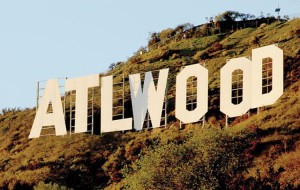
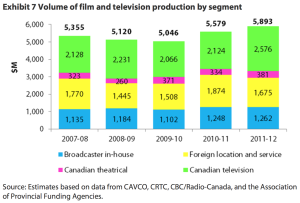 In the last several years, Canada has built a large repertoire of foreign film productions, with many coming from the United States. Between 2010 and 2011, about 33 percent of film and television production in Canada was through foreign production
In the last several years, Canada has built a large repertoire of foreign film productions, with many coming from the United States. Between 2010 and 2011, about 33 percent of film and television production in Canada was through foreign production
